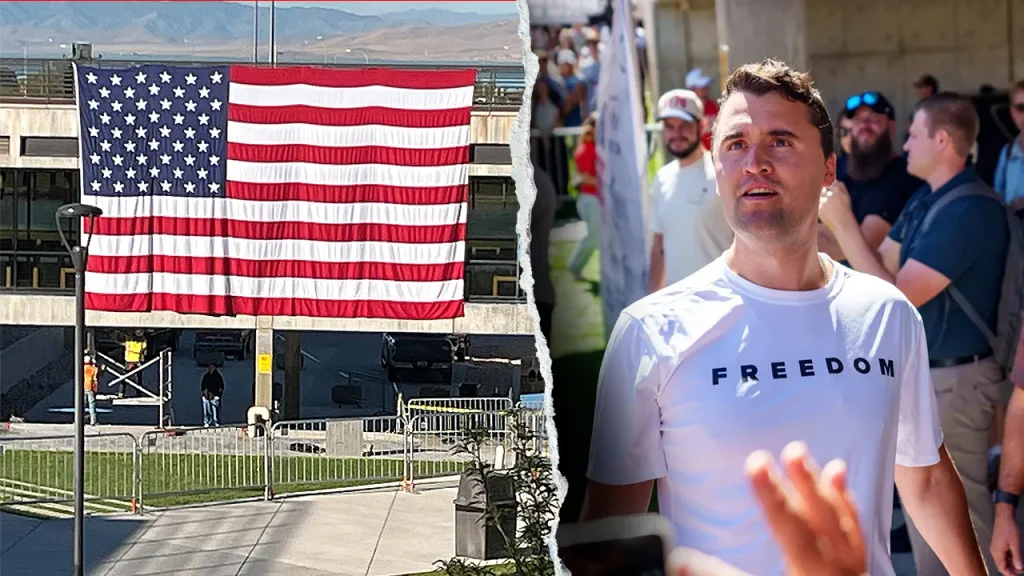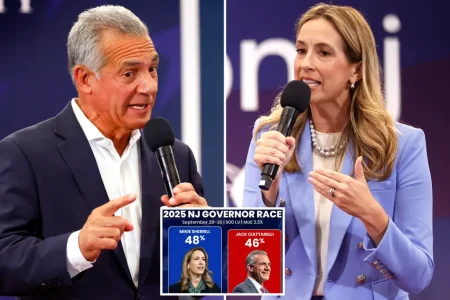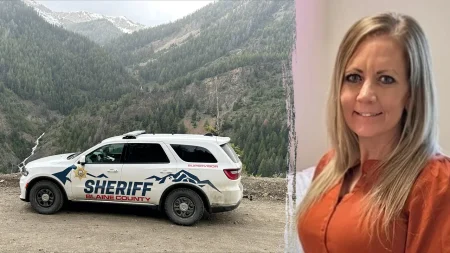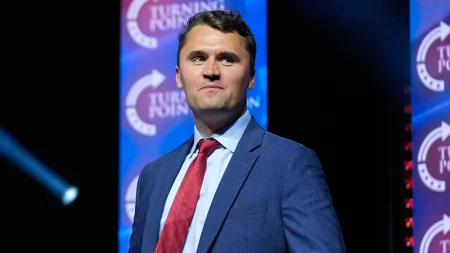The Charlie Kirk Assassination: Rooftop Security Failures and Their Aftermath
Accessing the Scene of the Tragedy
Two weeks after the shocking assassination of Turning Point USA founder Charlie Kirk, Fox News Digital investigators gained access to the rooftop of Utah Valley University’s Losee Center—the very location where alleged assassin Tyler Robinson positioned himself to take the fatal shot. The news team was able to approach within feet of the shooter’s position, blocked only by newly installed waist-high barriers and security cameras that weren’t present when the 22-year-old Robinson allegedly carried out his attack on September 10. This easy access to what is now a crime scene highlights the security vulnerabilities that allowed the tragedy to unfold. According to Bobby McDonald, a former U.S. Secret Service agent and campus security expert, Robinson either conducted careful reconnaissance or “got extremely lucky” to find an accessible roof that provided the perfect vantage point, noting that “a lot of things had to happen in the right way” for him to reach his shooting position.
The Timeline and Security Gaps
Surveillance footage has helped investigators piece together Robinson’s movements on that fateful day. Just before noon, cameras captured him walking through a tunnel beneath Campus Drive, checking his phone, and then appearing near the Losee Center with what officials described as a “distinctive gait”—allegedly caused by a rifle concealed in his pants. Additional footage shows a man climbing a staircase to a common area beside the building, scaling a wall, and crouching on the rooftop. After waiting several minutes, the figure ran across the roof and took a prone shooting position with a direct line of sight to Kirk. One critical question remains unanswered: how did Robinson access the roof? Authorities haven’t yet confirmed whether he found an unlocked door, forced entry, or discovered another route—the answer to which could dramatically impact how campus security protocols are evaluated going forward. According to Commissioner Beau Mason of the Utah Department of Public Safety, Robinson had been spotted on campus earlier that morning, suggesting he may have been scouting the location.
Limited Security Jurisdiction and Oversight
A fundamental issue that has emerged is the limited jurisdiction of private security teams at campus events. During an episode of “The Charlie Kirk Show,” executive producer Andrew Kolvet explained that Turning Point USA’s security personnel lacked the authority to monitor rooftops or areas beyond Kirk’s immediate vicinity. “In defense of our security team, people need to understand that they do not have jurisdiction on the rooftops or the surrounding area,” Kolvet said. “Their only jurisdiction on a campus is Charlie’s physical proximity, and they were coordinating with local PD and campus PD to make sure all of those venues [were secure].” Blake Neff, another producer for the show, emphasized that the organization didn’t deploy counter-snipers or have access to Secret Service-style protection for monitoring zones outside Kirk’s direct surroundings. This highlights a significant gap in security for public figures who don’t receive government protection but face legitimate threats due to their high profile or controversial positions.
Campus Surveillance Limitations
The assassination has also exposed technological limitations in campus security. Kolvet noted a concerning lack of surveillance technology among many campus police departments: “Many campus police departments do not have drone programs, which is a big problem. I’m actually working on that because it’s something they should all have. It should be mandated by some sort of law.” In the aftermath of the tragedy, UVU President Astrid S. Tuminez announced a comprehensive review of the university’s security protocols, stating: “We believe the findings of the comprehensive, third-party independent review of this targeted act of violence will offer valuable insights on how college campuses improve response and preparedness moving forward. We will integrate the findings into our efforts to strengthen and improve safety practices for UVU and all of Utah higher education.” The investigation may reveal what McDonald describes as a likely focus on managing protest disruptions rather than sniper threats—campus police were probably prepared for “someone throwing a bottle, an egg, or laying down in front of his car—not a shooter with a long gun on top of the roof.”
The Reality of Resource Constraints
Security expert McDonald offered important context about the practical limitations that most universities face when securing their campuses. While some have called for counter-snipers or high-tech surveillance in the wake of Kirk’s assassination, McDonald cautioned that universities rarely deploy such measures without specific intelligence about a threat. “Absent any intelligence that there was an active shooter…you’re not going to have officers stationed on rooftops,” he explained. These resource constraints reflect the difficult balancing act that educational institutions must perform—maintaining open, accessible learning environments while protecting against increasingly sophisticated threats. The challenges are both logistical and financial, as comprehensive security measures can be prohibitively expensive, especially for public universities operating with limited budgets. Nevertheless, McDonald acknowledged that this high-profile assassination may force schools to reconsider their approach to security for controversial speakers and events.
A Turning Point for Campus Security
Kirk’s assassination may mark a watershed moment in how universities approach security, potentially leading to more stringent measures that were once reserved for airports, stadiums, and government buildings. “We’re used to going through metal detectors at football games, concerts, airports,” McDonald noted. “Maybe we’ll start to see that on campuses too—though in this case, I’m not sure a metal detector would have made a difference.” This tragedy raises profound questions about the evolving nature of threats on college campuses and whether the traditional commitment to openness can coexist with the need for heightened security. As universities like UVU conduct their reviews and implement new protocols, they face the difficult task of safeguarding their communities without sacrificing the accessibility and freedom that define American higher education. The lessons learned from this assassination will likely inform security practices not just in Utah, but at educational institutions across the country, as they grapple with protecting high-profile visitors in an increasingly polarized political environment.









